A few years ago I began to understand that being environmentally-friendly at home didn’t just stop at recycling and switching off the lights when you leave a room. Slowly but surely, I started looking into alternatives for many disposable products I used on a day to day basis. It took me a while, but I have found many great solutions for a greener home and have considerably cut back on waste.
I will write another article on eco-friendly cosmetics and personal hygiene products soon enough, but for today, I’ve decided to focus on products I use around my flat. I hope this will help you to make your way towards a more eco-friendly home!
Note: As I live in Paris, most of the following links are for French websites and/or brands. Having an eco-friendly lifestyle often means going for local brands and products that are made fairly close to where you live! So go ahead and try out what you find in your area, and let me know in the comments if you have any great ideas to share!
I use these cotton bags for buying fresh fruit, vegetables, dry legumes like beans or lentils or even pasta, rice and grains. This cuts back on plastic packaging and it is also cheaper as you don’t pay for the packet you will just throw away when you get home. Even though many supermarkets are now giving out paper (instead of plastic) bags for buying fresh produce, the paper has been recycled so many times that it has reached the end of its life and cannot be recycled again. So I prefer to use my own organic cotton bags that I just throw in the washing machine every once in a while.
I bought a few mason jars at Ikea for storing the dry ingredients that I buy in bulk, like rice for example. However, I mostly wash and re-use big glass jars of olives or gherkins. I leave them in boiling water for about 15minutes and the label (and glue) peel right off. I then cut out the name of the product – and the expiry date – from an old plastic packet and stick it onto the jar so I know what everything is and when to use it all up. This is a tip I got from my mom who does this with old coffee jars!
Liquid black soap can be used as washing up liquid, a floor cleaner when diluted with water, hand soap, laundry detergent… The solid soap is more eco-friendly (less plastic bottles) but I buy the liquid one as I find it much more practical to use. It is still better for the environment than having a half-dozen different products full of chemicals for different uses!
A washing-up brush is very useful and more eco-friendly than the classic disposable green and yellow sponge. I still have sponges for cleaning cutlery or inside mugs, but as I use them less they last longer and I throw less of them away!
I use these micro-fiber cloths to clean virtually everything around the house. They are really handy, cheap and easy to wash. They have replaced the disposable sponges I used to use for cleaning my bathroom and counter tops. I have about 10 of them and I haven’t bought paper towels in years!
Along with the cloths, I use white vinegar that I pour into an old squirt bottle. I spray it on the windows, tables, counter tops and everywhere in the bathroom to remove limescale. It is a natural disinfectant and the smell of vinegar disappears as soon as it dries. I also pour about a cup of vinegar down the drain along with a cup of bicarbonate of soda to clean the pipes.
These cloth serviettes replace disposable napkins for everyday use. I still occasionally buy packets of paper napkins for parties and such, but this is still a great way to cut back on waste.
I use these reusable colour catchers when doing my laundry and I cannot recommend them enough! I used to use the disposable ones until I realised they were not the only solution out there. This way, I can mix whites, darks and colours all in one go and do less laundry.
Also, I turn on my (very quiet) washing machine just before going to bed! In France (and other countries) the off-peak hours for electricity consumption are between 9pm and 7am. By doing my laundry at that time, I am saving money and avoiding putting extra pressure on the energy provider during peak hours. This can contribute to avoiding power cuts and also prevent pushing the electrical company to buy more energy to keep up with the demand during the day. There’s an article explaining how that works here.
I hope that this list will be helpful to you, and I am really looking forward to sharing the next eco-friendly article in the upcoming weeks! Let me know in the comments if you have any other ideas for cutting back on waste at home!

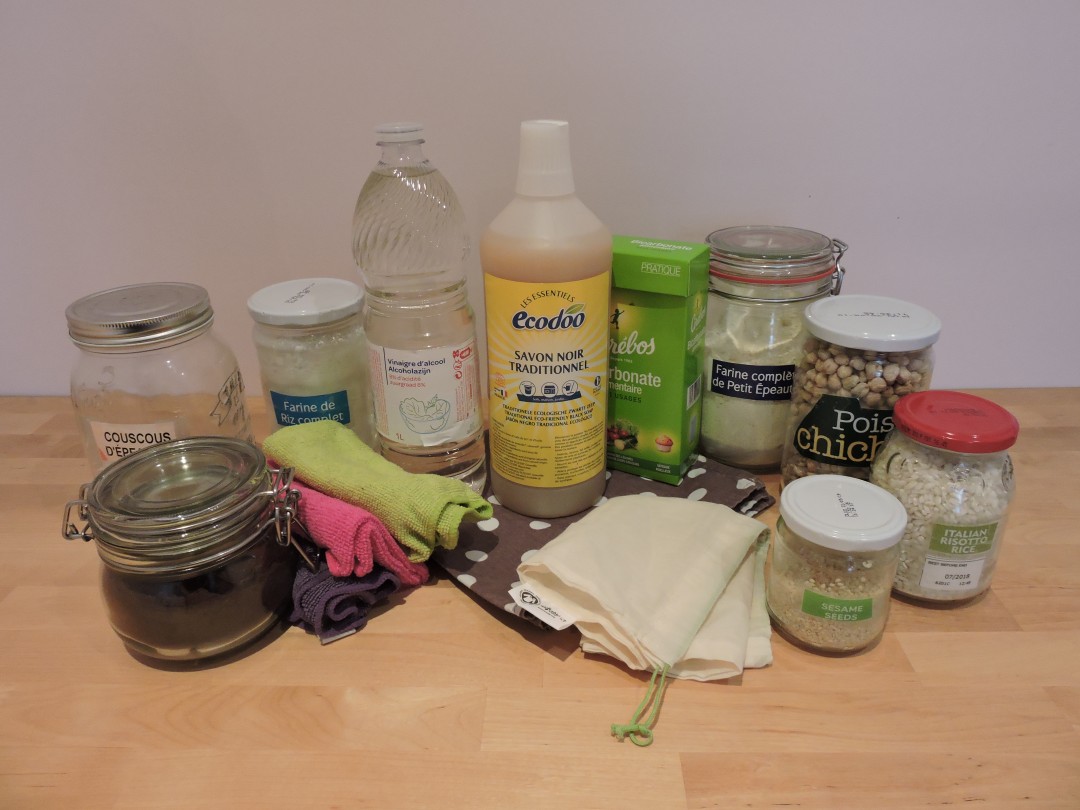
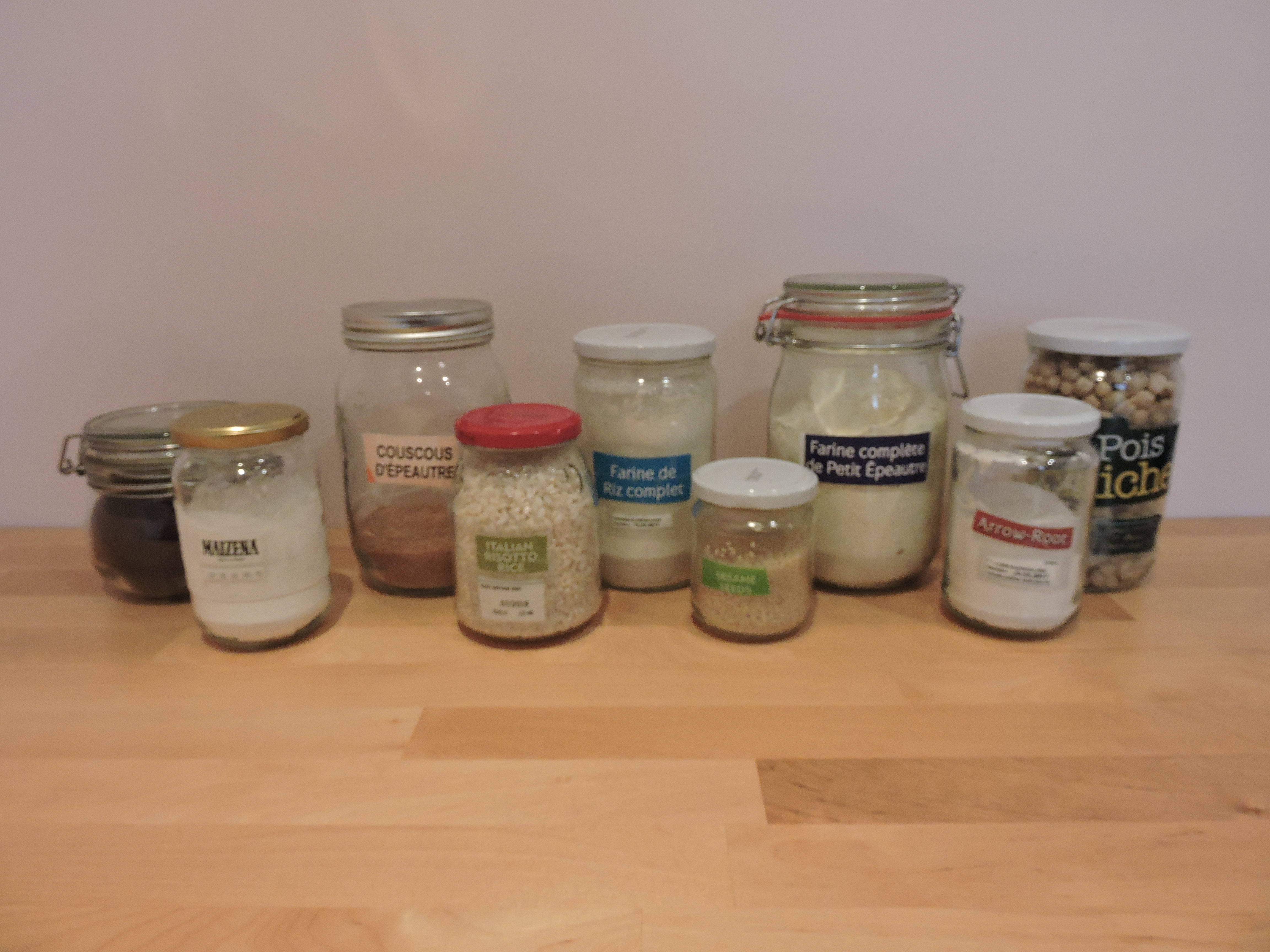
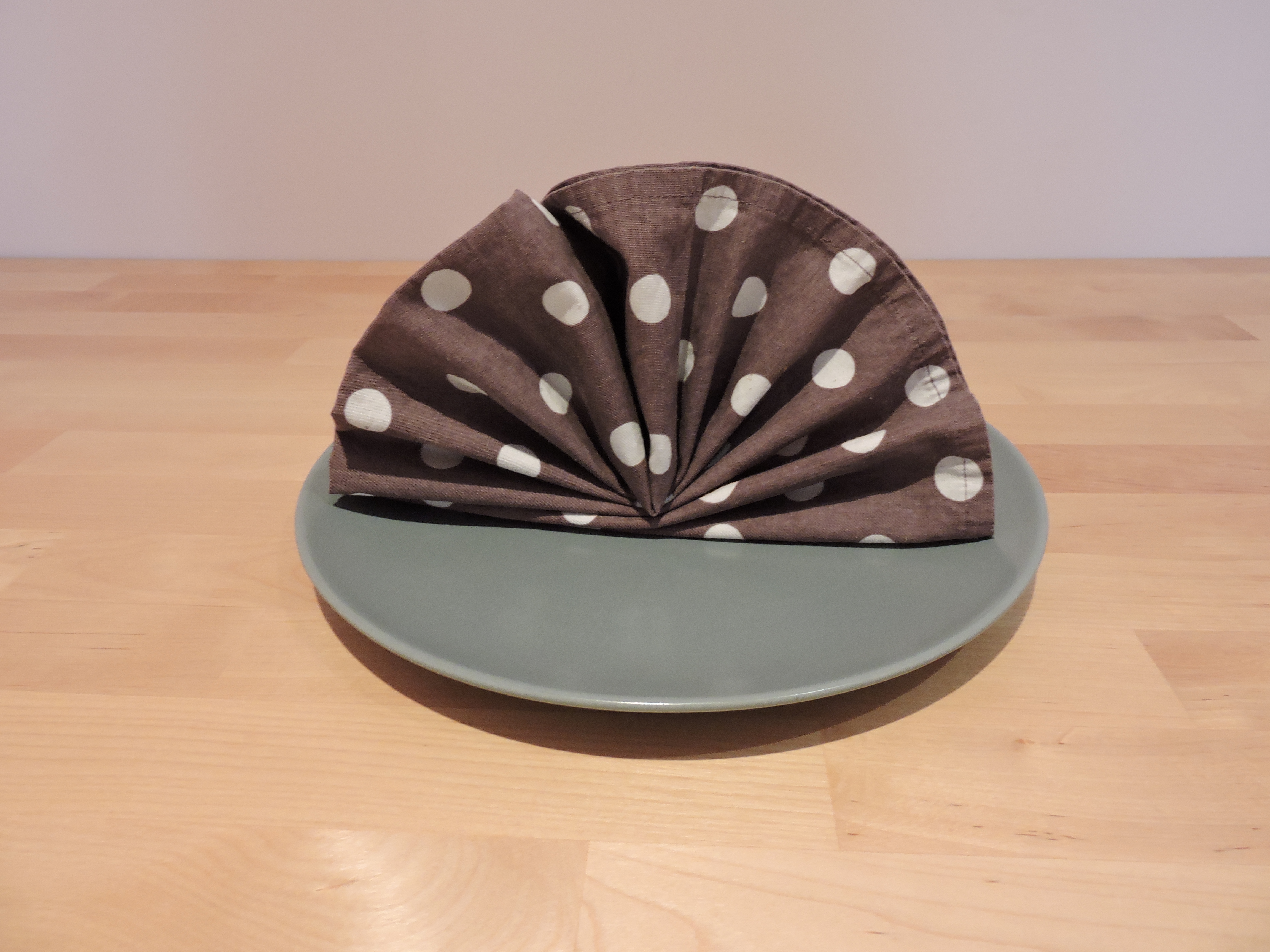
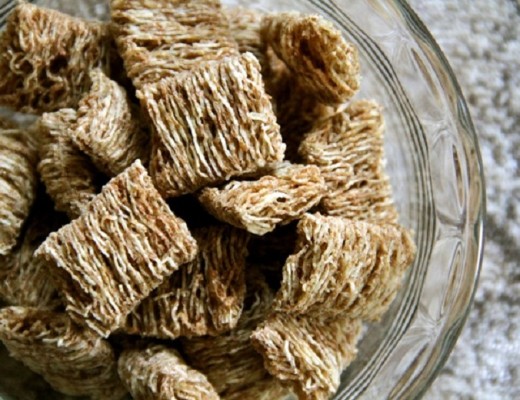
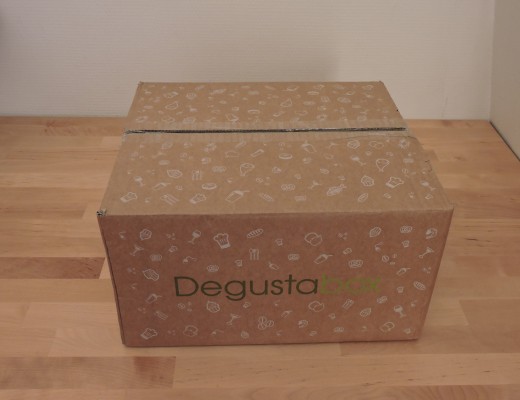







2 Comments
Hi Nathalie, this is a really useful and interesting article for anyone wanting to reduce their “carbon footprint”. I had never heard of liquid black soap or re-usable colour catchers. Something to look into locally for those of us not living in France.
It would be nice to see more articles along this line.
Thank you for your feedback and I am glad you found this helpful :) I am preparing 2 other articles on similar subjects, hopefully coming soon!